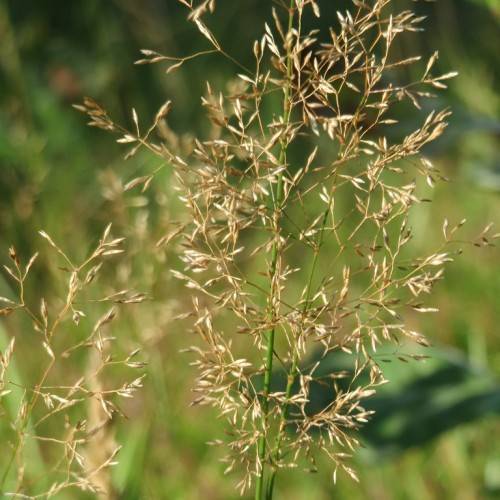
Colonial Bentgrass
Agrostis capillaris
Watering:
Average
Hardiness Zone:
Sun:
full sun,part sun/part shade
Leaf:
Yes
Growth Rate:
Low
Poisonous To Humans:
Yes
Salt Tolerant:
Yes
Care Level:
Medium
watering
Corncockles prefer a well-drained soil, so water when the top 10 cm of soil has dried out. The plant prefers moderate watering, so water should not be too frequent. Growing in warm and dry climates, water once a week in the summer and twice a month during the wintertime. Water thoroughly to ensure the roots get enough. Be sure not to overwater the plant as this may cause root rot and disease. Generally, each corncockle should get about 10 cm of water per week.
sunlight
For proper growth and development of the Common Corncockle (Agrostemma githago) it is important to ensure that the plant is getting enough sunlight. These plants should receive a minimum of 6 hours of sunlight each day. An optimum amount of sunlight would be 8-10 hours of direct sunlight per day. The time of day when the plant is receiving sunlight does not matter, as long as it is receiving the correct amount. In areas with high temperatures or intense sunlight, it is important to provide some shade for the plant, as too much sun can cause the leaves to burn.
pruning
Pruning for Common Corncockle should be done between late winter and early spring, which is when the growth begins. Pruning should be done to remove all the dead stems, leaves, and any spent flower heads. This will help the plant to promote new growth. Pruning should be done with small, sharp flush-cut pruners and done by snipping the stem off at the base. Prune back only a few inches at a time. If the plant is severely overgrown, prune more deeply, but in small increments. Pruning too much at once can damage the plant and cause it to suffer shock.
